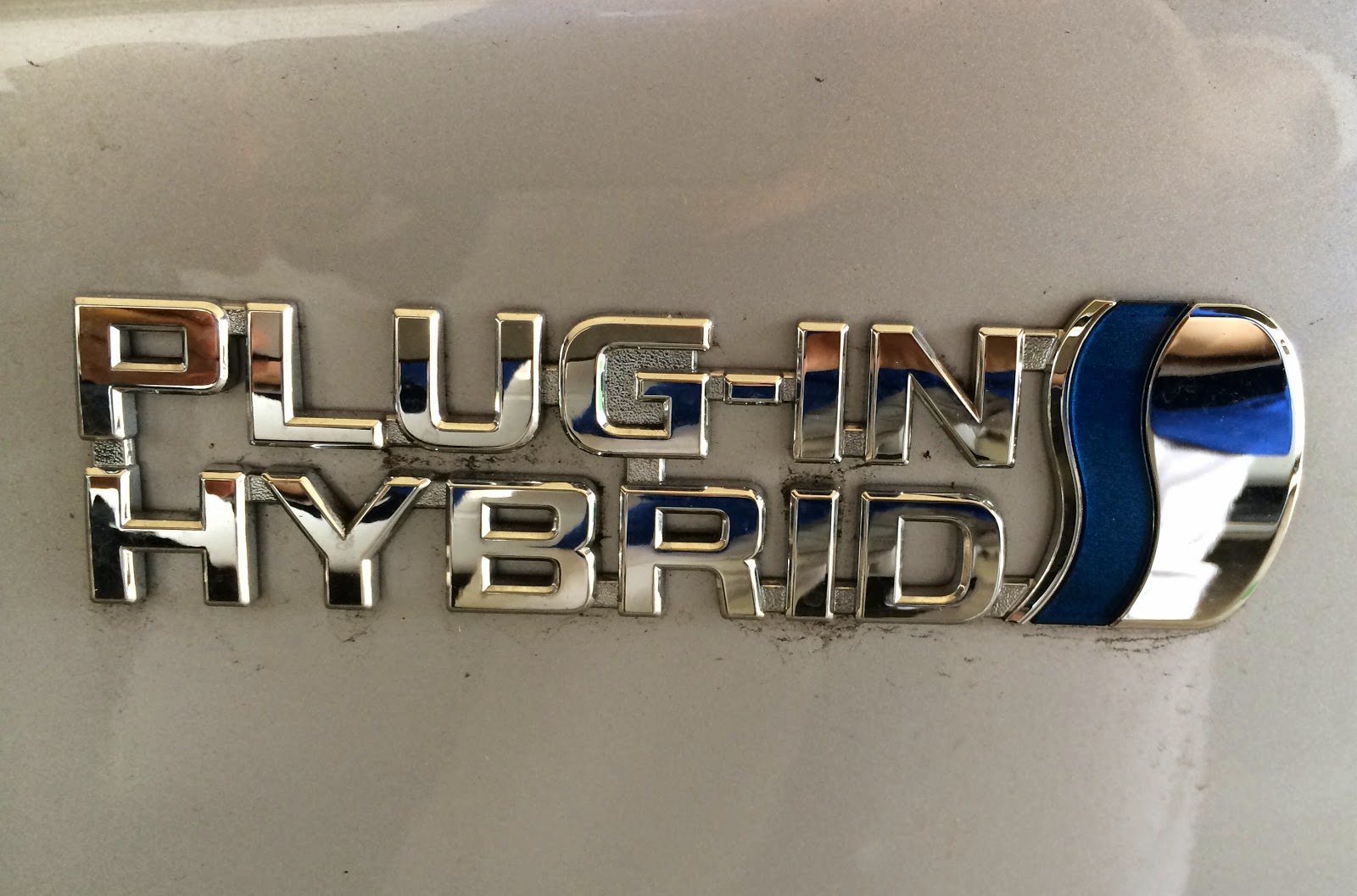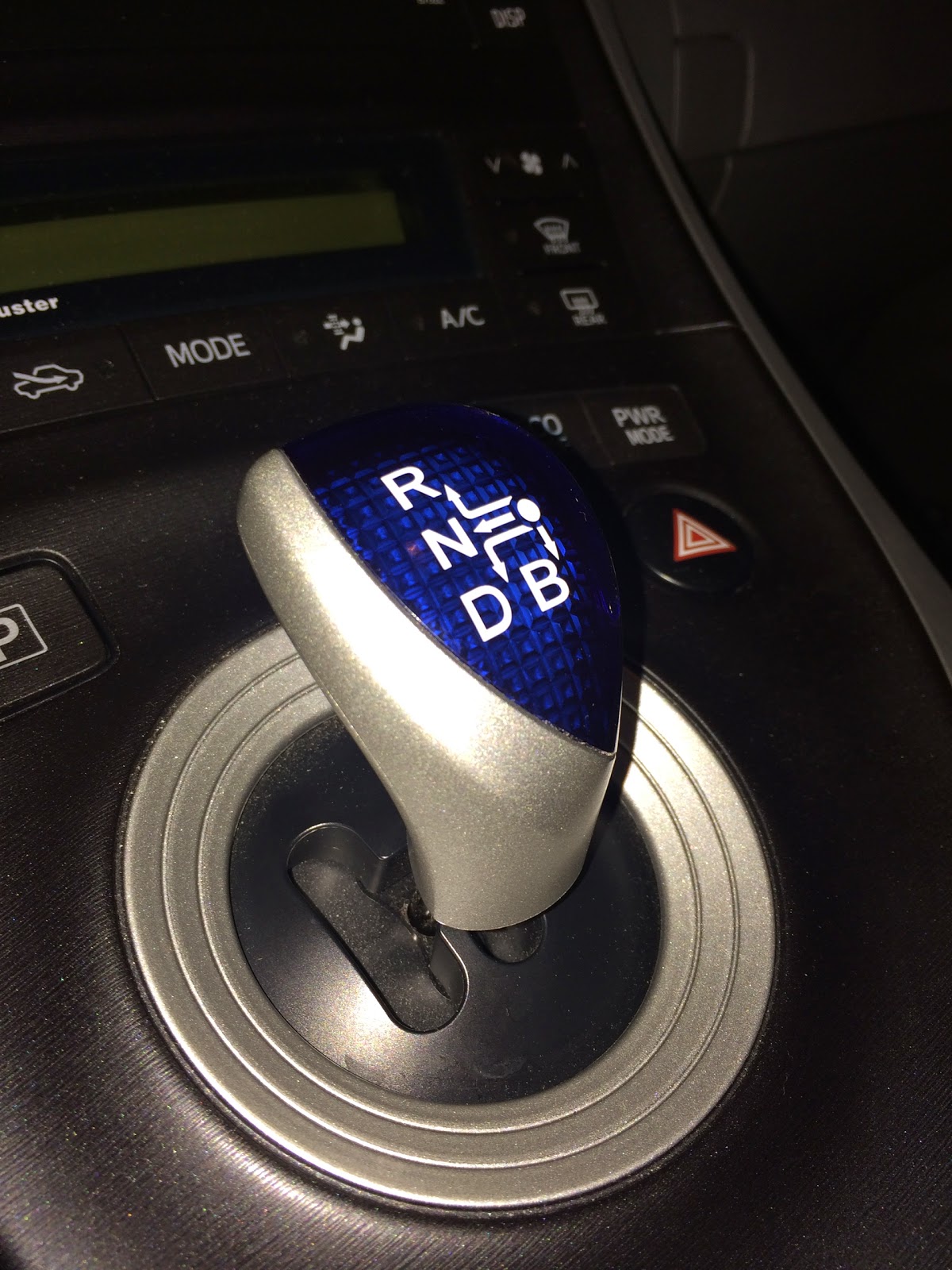 |
| At Englewood Hospital and Medical Center, a garage that accommodates hundreds of vehicles has only one spot reserved for recharging all-electric cars and plug-in hybrids. |
By VICTOR E. SASSON
EDITOR
As a potential buyer of a Tesla Model S, I hope New Jersey auto dealers don't succeed in their campaign to prevent the California-based company from selling directly to the public.
Those dealers and state bureaucrats have already forced Tesla to stop selling the revolutionary all-electric car from showrooms in Paramus and Short Hills.
The company immediately initiated online sales in New Jersey, and buyers pick up their cars in Springfield.
|
Background
And that's OK with editors of The Record, a major daily in Woodland Park that has published a number of mistakes in covering the controversy.
They haven't bothered to take an editorial position or get comment from the GOP bully.
Ad revenue is king
That's no surprise, given all the advertising revenue the daily receives from members of the New Jersey Coalition of Automotive Retailers, a powerful lobbying group.
The editors -- and the wealthy Borg publishing family -- are not about to bite the hand that feeds them. That's why it's called the "journalism business."
Really, car dealers are hated by just about everyone. Their reputation is even lower than some of the reporters and editors at The Record.
Why pad price?
The Tesla Model S is expensive enough. Why make it pricier by allowing dealers to mark them up and sell them as deceptively as they do ordinary cars?
No editorial on Tesla appears in the paper, but two letters to the editor support the electric-car maker.
One, from the New Jersey Sierra Club, accuses the Christie administration of siding "with 'Big Oil' and the Koch Brothers over innovation and clean technology," and hurting the New Jersey economy and environment.
A letter from David Brown of Wyckoff says "New Jersey's regulations on car sales seem archaic, especially in today's direct sales environment."
"This is one more example why New Jersey ranked 32nd in Forbes magazine's 2013 Best States for Business survey," Brown writes.
The photo caption with the letters says the Model S shown costs $91,000, but a story on Saturday reported "Tesla cars sell for about $60,000 each," and a previous story ran two photos of a discontinued Tesla roadster.




















